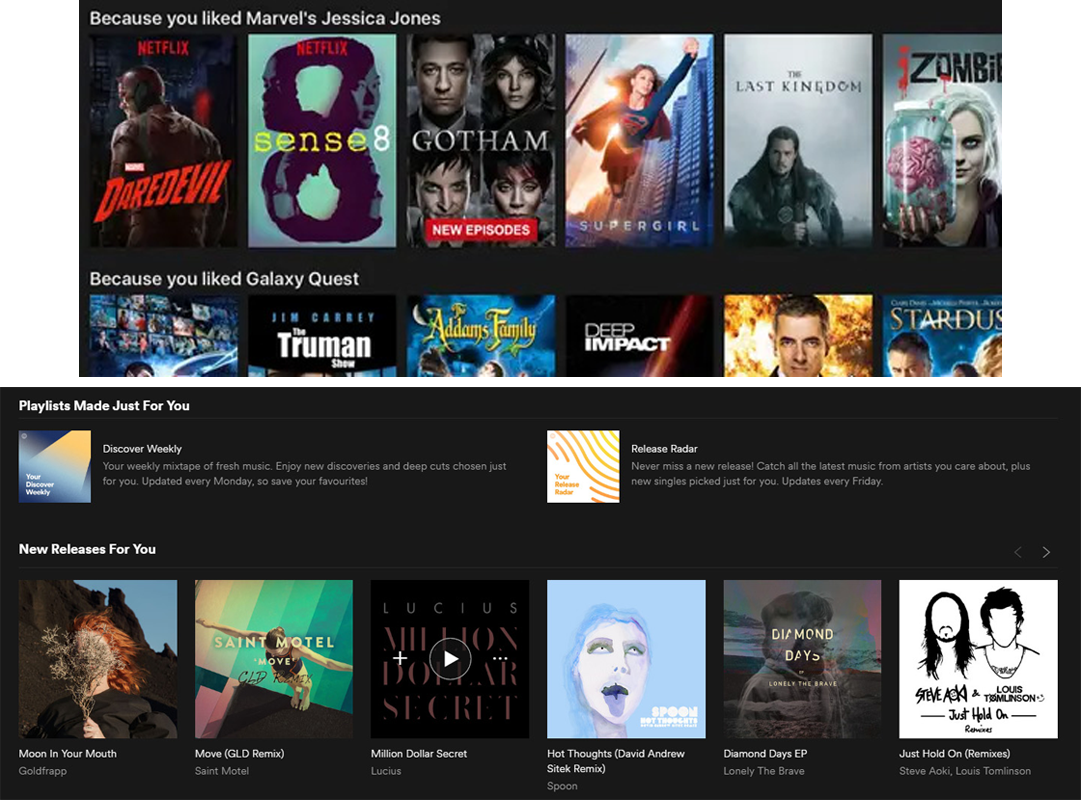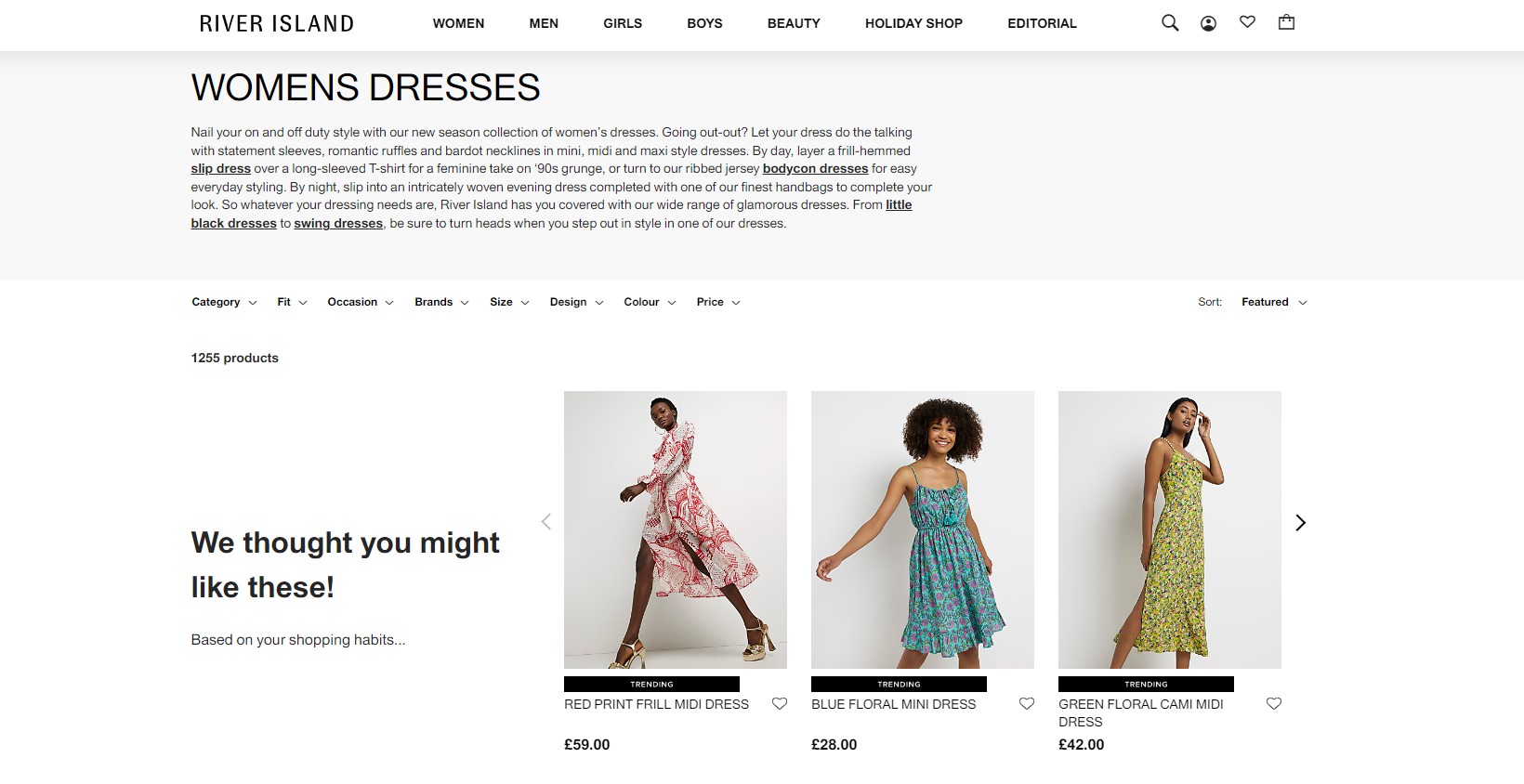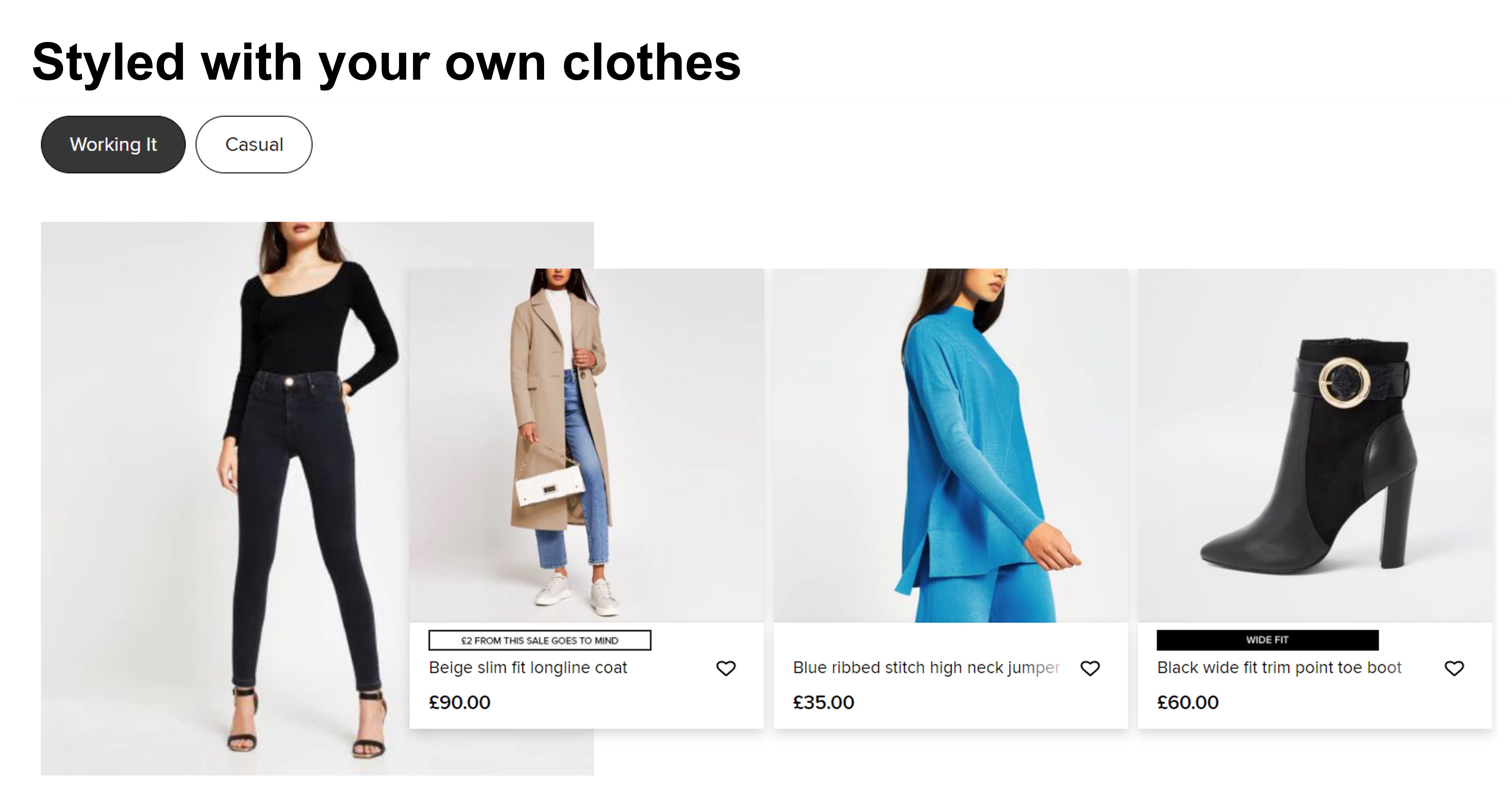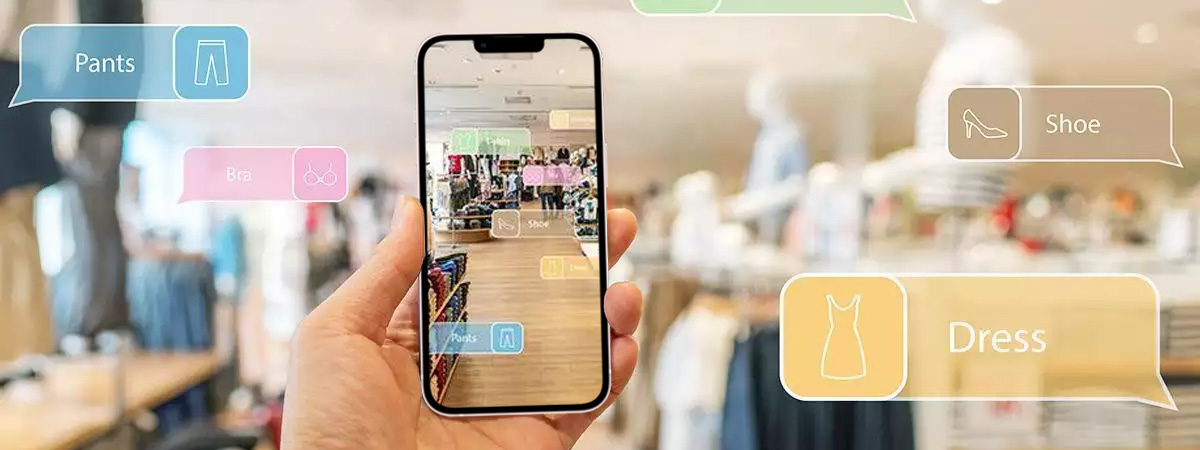Personalization in retail is a powerful tool for selling and communicating to consumers. But what does it actually entail?
Good personalization offers the perfect scenario for both shopper and seller. For the customer, a successful, less frustrating shopping journey; and for the retailer, a way to increase conversion rates and loyalty. It also collects data in finer detail than ever before. This gives retailers valuable insights to better serve customer needs and to improve product and business efficiencies.
This makes for an exciting time for retail, but there are significant challenges associated with real time personalization. Not least, navigating the numerous solutions on offer, and learning how to build genuinely trusted connections with customers. After all, customers expect personalization nowadays.
What is Ecommerce Personalization?
According to Magnolia, “ecommerce personalization” relates to how an online store displays their product in a dynamic way. This is usually based on a wide range of customer data, including preferences, intent, and previous purchases.
A fashion retailer might recommend garments to a visitor that are more suited to the climate in their location. Or, a sports equipment retailer might send someone who recently purchased a golf club a discount code for golf balls. Netflix will recommend you movies based on genres you have demonstrated a preference for. Spotify does the same with their Discovery playlists.

Why is Personalization Important in Ecommerce?
It’s not just about emulating the evident success of these companies that are built on a personalized offering. Consumers are increasingly expecting it - and are increasingly changing their purchasing decisions based on it. According to McKinsey, 71% of consumers expect personalized interactions. Accenture reports that nearly half of consumers have left a businesses website and purchased elsewhere because it was poorly curated.
As retail shifted online throughout the pandemic, it provided retailers with a chance to invest in their online customer experience. But, while some ecommerce sites capitalized on this, a lot of online shopping experiences remain uninspiring and unengaging. Expectations, according to Accenture, are growing faster than the experiences are evolving.
What you need to know about AI driven personalization in retail
Based on our work at Dressipi, we share five key thoughts on how to approach your AI powered ecommerce personalization strategy. We will also guide you about how to get the most value for both your customers and your business.
1) Choose the right personalization for you
Retail personalization means different things to different people. This can be as simple as recognizing a customer and greeting them by their name. It can also be as engaging as creating tailored retail experiences to each individual shopper across the entire customer journey.
Therefore, sharing thinking and getting everyone aligned is essential. It will help you to choose the right technology path, join up pockets of data, and manage expectations. The end game for most retailers must be serving up personalized product recommendations and communications to each individual customer. That said, each organization will have their own way of getting there.

2) Technology partners — recognize the real from the hyperbole
We understand how hard it is for retailers to select the right solution and partners. There are many available, and it can be hard to separate the ones that actually deliver from the hyperbole and fads.
For example, ‘Deep Learning’, ‘AI’, ‘Machine Learning’, ‘Neural Networks’ are now mentioned in almost every company’s sales pitch. But few companies have significant capabilities in these methods today, and retailers shouldn’t be wowed by these claims. When looking to explore personalization solutions that are truly effective we recommend a simple checklist to help narrow down the choice:
-
Does the product do all of the things you need it to do today?
-
Have you seen the product working with actual retailers (not just a demo or slideware)?
-
Are those retailers similar to you in either customer size, data set, territory, etc?
-
Has the product been in use for longer than two cycles of sales/returns?
-
Does the team have a good pedigree in the technology and the solution they are selling?
-
By what order of magnitude are the results better compared to a generic approach, or other competitors? (If the results are not validated, or look too high, the most likely explanation is that they are not believable).
Here at Dressipi, we have built our entire business on Machine Learning & AI, in combination with our apparel industry expertise. We continue to believe it will have an enormous impact on retail over the coming years. But for us, the name of the approach or the inner workings of the technology are distracting and unnecessary details. What really matters are the results and the business impact in cold hard numbers.
3) Talking of hard numbers — test, test, test
Test to compare solutions, test to constantly improve, and test to make the gains necessary for a long term competitive advantage. Once you’ve identified one or two solutions that meet your exact criteria, it is important to establish their value. This can be done by A/B testing against one another, as well as against no personalization. We recommend testing no more than two to three variants at any one time — as it’s quicker and cleaner.
The key to a valid test is identifying one single measurement of success. It is also vital to ensure that this measurement is the most relevant to the KPI for the business. For example, we prefer net incremental revenue per visitor as it takes into consideration conversion and returns.
It’s important not to be tempted to evaluate on any other metric other than the one selected. And secondly, let your test run for the full duration regardless of early results.
Once you have real business results, you can make your selection. The next step is to test on an ongoing basis to improve performance. Personalization is still fairly nascent: there is much to learn, as the technology gets smarter, and the data collected gets richer.
The goal is twofold. Firstly, to deliver personalized experiences that loyal customers want and need. And secondly, to use the insight to create unique value propositions which are always evolving.

4) Build genuine trust
At the very core of personalization is trust. The customer is giving access to personal data and preferences in return for a more delightful and effective shopping journey.
In our experience, the customer has an inherent understanding of the value of the trade. Shoppers these days can quickly recognize the difference between genuine assistance versus a misuse of customer data. Gartner reports that 20% of global consumers have abandoned or reduced their use of a brand over its data practices.
Personalization, done successfully, is a golden opportunity. It has the ability to build longer-lasting and genuine connections with customers, and deliver game changing financial results. Any organization that misses that could pay heavily both financially and with their reputation.
5) Position for the future
Amazon has the full toolkit — customer trust, loyalty, same day fulfillment and cheap capital. It also has an ever growing dataset and insights. It uses these to champion the customer, via personalization and optimization of merchandising and operations.
While Amazon is a short term friend, retailers should also recognize it as a near term competitor. It remains focused on taking away customers and margins.
The smarter retailers have understood that their competitor set is changing, and that collaboration could be one solution to survival. By forming alliances that consolidate data and give access to deeper insights, these retailers are positioning to offer hyper personalized experiences. They are also changing the way they optimize product inventory, communications and operations.
At Dressipi we understand the significant value of these partnerships. It’s evident that collaboration across retailers presents a fantastic opportunity for growth and long term competitive advantages. They can only benefit the development of AI for personalization in retail.
Final thoughts
Personalization in ecommerce offers outstanding benefits to both the customer experience and retailers alike. When asking “What can an online retailer site do to increase personalization”, consider two things. Firstly, how the solution will be used, and secondly, will it deliver value to all parties.
Similarly, we recommend that retailers focus on solutions with a demonstrable track record. It is also important to ensure that any gains are both measurable and are aligned with the business’s goals. We hope this short paper helps retailers make an informed decision when considering their options.
You might also be interested in this article…
Best examples of AI in fashion retail
Check out the best examples and applications of AI in fashion. Get inspired by how AI is transforming retail shopping experiences.

